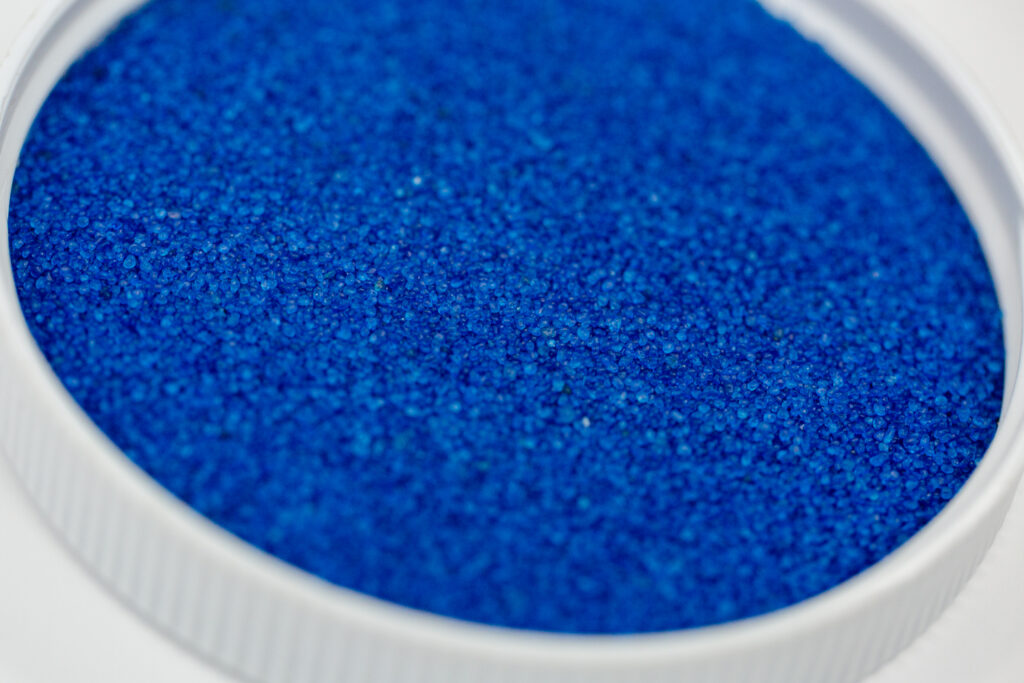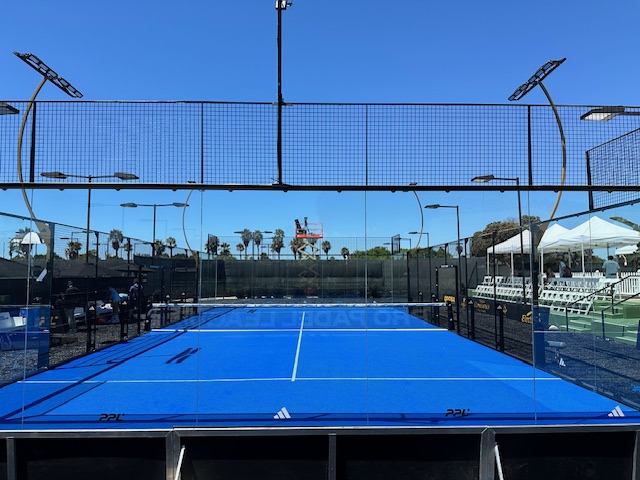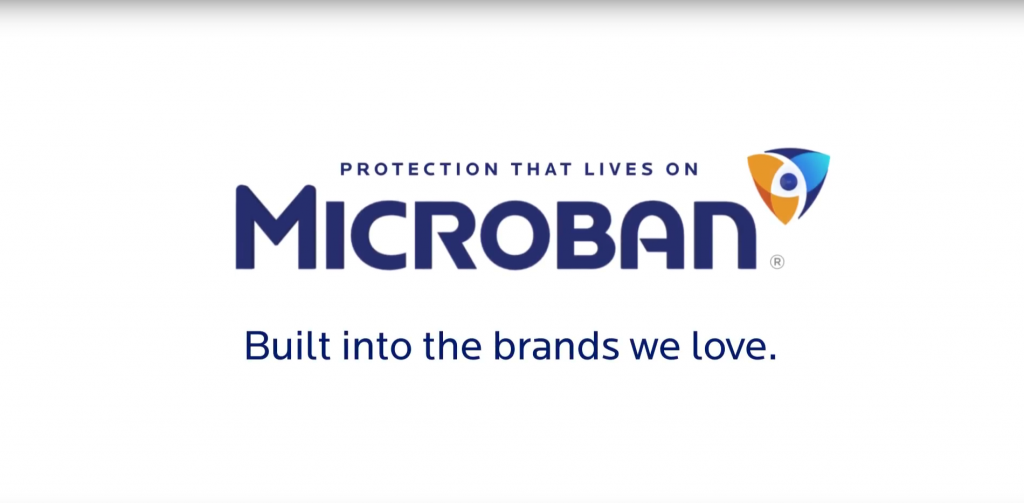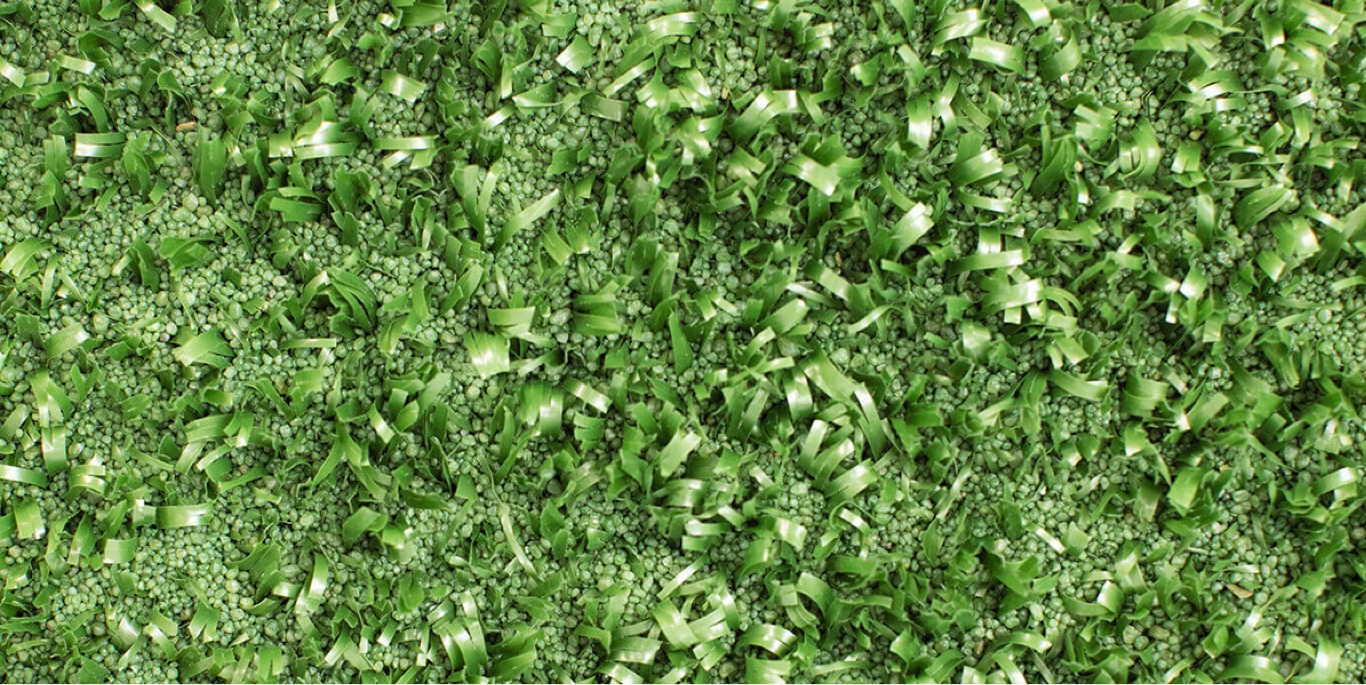
Infill Landscape Blog
Subscribe To Email Updates
Subscribe to our weekly newsletter and we’ll send updates straight to your inbox
The New Homeowners’ Guide to Artificial Grass Landscaping

If you just purchased a home with an artificial grass lawn, you’re probably wondering how it differs from a natural lawn, how to care for it, and if you should do anything to the system before moving in and enjoying it. Follow this step-by-step guide to evaluating and maintaining your new home’s artificial grass yard.
Step 1: Learn the benefits of artificial grass
Synthetic turf is growing in popularity amongst homeowners across the world because it looks like the real deal with minimal upkeep. It’s lush, green, and pleasant to see and touch, while simultaneously perfecting flaws like holes and unleveled areas. There’s no mowing, watering, fertilizing, combating invasive weeds and insects, or dead grass to repair. Properly installed systems are ideal for kids and pets, weather-resistant in all climates, increase property value and curb appeal, and last for well over a decade.
Step 2: Investigate your new artificial grass lawn
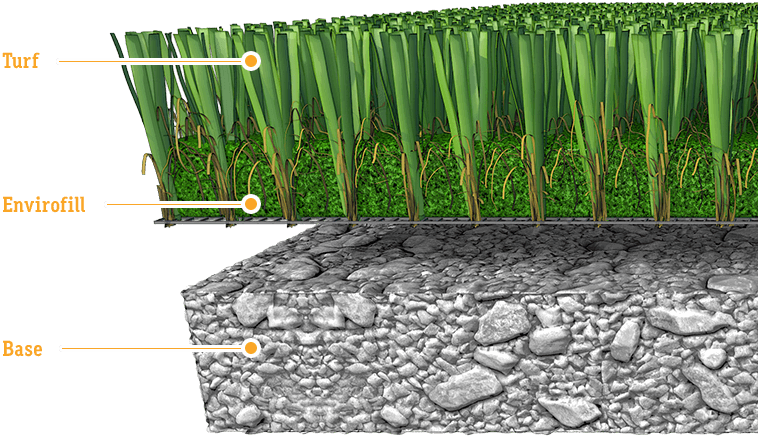
Gather as much information as possible about the existing turf system to evaluate the quality and safety of your yard. Ask the previous homeowner about the system’s:
- Structure, components, and brand products (including the type of artificial turf infill present)
- Date of installation and name of the company that installed it
- Warranties provided by the installation company and/or the product manufacturer(s).
Once you’ve gathered all of the relevant information about your artificial grass landscaping and understand the key components of the system, get to know more about your infill.
Step 3: Assess the infill and overall quality of your turf system
One of the best measures of artificial grass quality is an assessment of your system’s turf infill. This critical component affects the longevity and aesthetic of your yard. Well-designed turf infill serves as a protective barrier for turf backing and fibers and is an important factor in healthy drainage. The wrong infill (or no infill at all) leaves artificial grass susceptible to damage, mildew growth, unsightly stains, and loathsome pet odor. Not all infills are designed equally, and some have different use cases than others. For instance, some infills are natural and cooling while other infills are designed to help prevent pet urine odors.
Step 4: Inspect the safety and toxicity of your artificial grass lawn
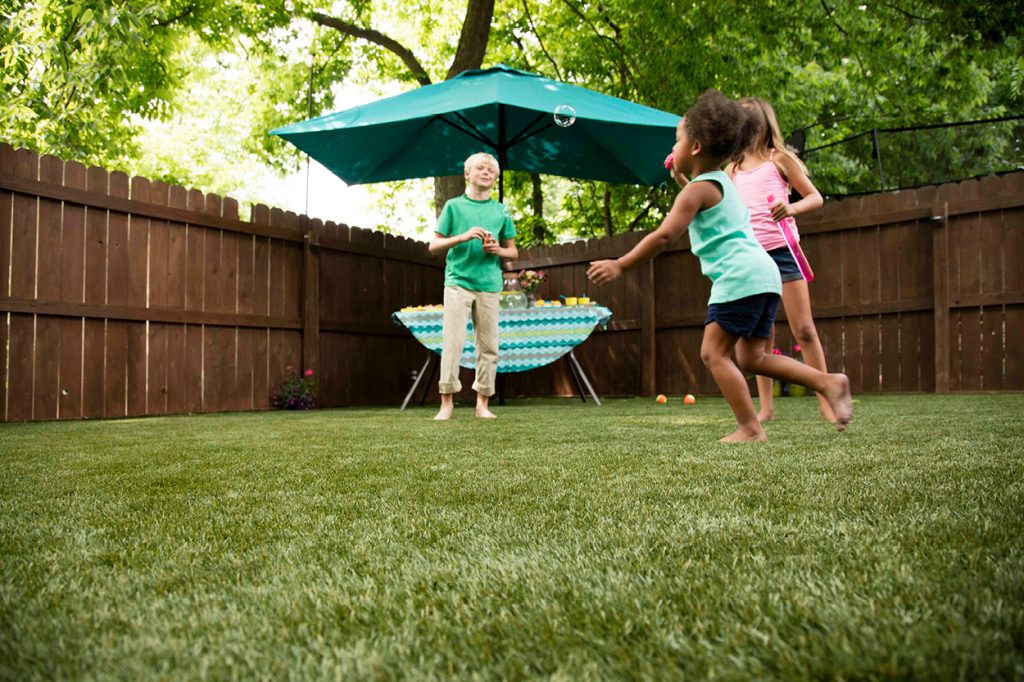
If you have pets or kids, rest assured, artificial turf is a safe residential landscaping solution. One common concern for parents (to two or four-legged creatures) is the component make up of the infill that’s installed in their artificial turf system. If you have any concerns about where your children will be playing, ask your existing turf infill manufacturer for testing results regarding toxicity, Proposition 65 labeling requirements, heavy metals, and more. They should be able to provide you with documentation.
Alternative infill solutions exist if you are uncomfortable with the product in your current system. Some brands focus on creating system components that are non-toxic with a focus on safety and cleanliness. In this case, the best solution is to remove your past infill and fully replace it instead of topping off the current infill. We offer two infills, Envirofill antimicrobial infill, and Safeshell organic infill, which were specifically engineered with safety and longevity in mind. However, there are many other artificial turf infill selections available.
In home settings with dogs or other pets, install an antimicrobial turf infill like Envirofill, which is infused with Microban product protection, an antimicrobial agent that inhibits bacterial and microbial growth, effectively reducing up to 99% of the unpleasant odors associated with dog urine. Learn more about preventing and neutralizing dog urine odors.
Caring for your artificial grass in residential settings
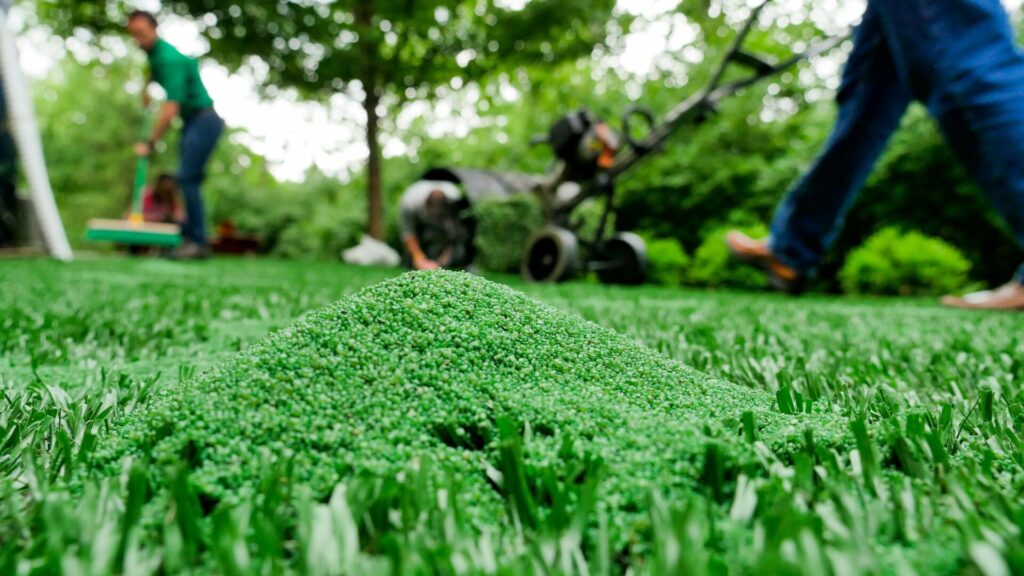
There are a few items you will want to keep off of your new artificial turf lawn to prevent unnecessary damage to the grass, including chewing gum, food, sunflower seeds, soda, juice, tobacco, and sharp objects. In the event chewing gum is stuck to your grass, it can be removed using an aerosol freeze product and a paint scraper which you can usually purchase at any local hardware stores. If you find a spilled drink stain, remove it with a commercial detergent that is neutral-based. Avoid using bleach or oxidizing detergents on your turf as you may strip the color. Follow up with an enzyme cleaner to disinfect the area and you will be ready to host guests in no time.
While artificial grass yards are much lower maintenance than natural lawns, they still require occasional maintenance. A short and sweet yearly maintenance routine will serve you well.
Here's a Simple Maintenance Protocol
1. PICK UP LARGE DEBRIS AND BRUSH REGULARLY
Use a soft push broom or leaf blower once a week to clean any debris from the turf. Thoroughly remove fallen leaves and other material from your artificial grass with a leaf rake, leaf blower, or similar tool. In the wintertime, it’s best to let snow melt naturally but if you need to remove it, make sure to do it safely.
2. TOP OFF INFILL LEVELS
“Top off” is turf speak for “replenish.” Find out the optimal infill level for your yard and measure infill levels throughout your artificial grass surface, especially the most trafficked areas. Add turf infill to the ideal depth as needed. Store a few bags of your turf infill in your shed or garage so that you’re able to monitor and top off as needed.
3. SANITIZE (ESPECIALLY IF YOU HAVE PETS)
If you have a dog, pick up solid waste daily. Using an enzyme cleaner and flush the system with water from time to time. Hose down the areas where your dog goes to the bathroom and then spray your yard with a diluted sanitizer that’s non-toxic and suitable for the specific turf infill installed in your landscaping.

